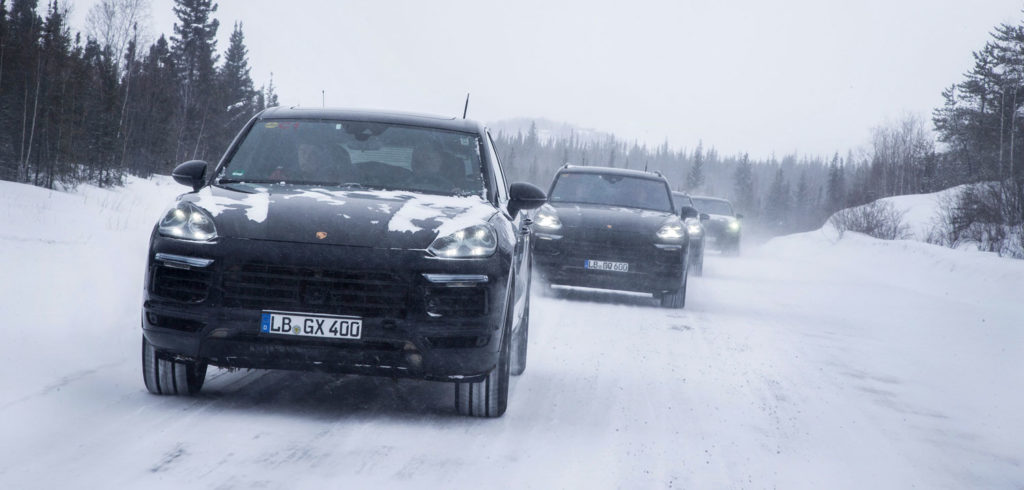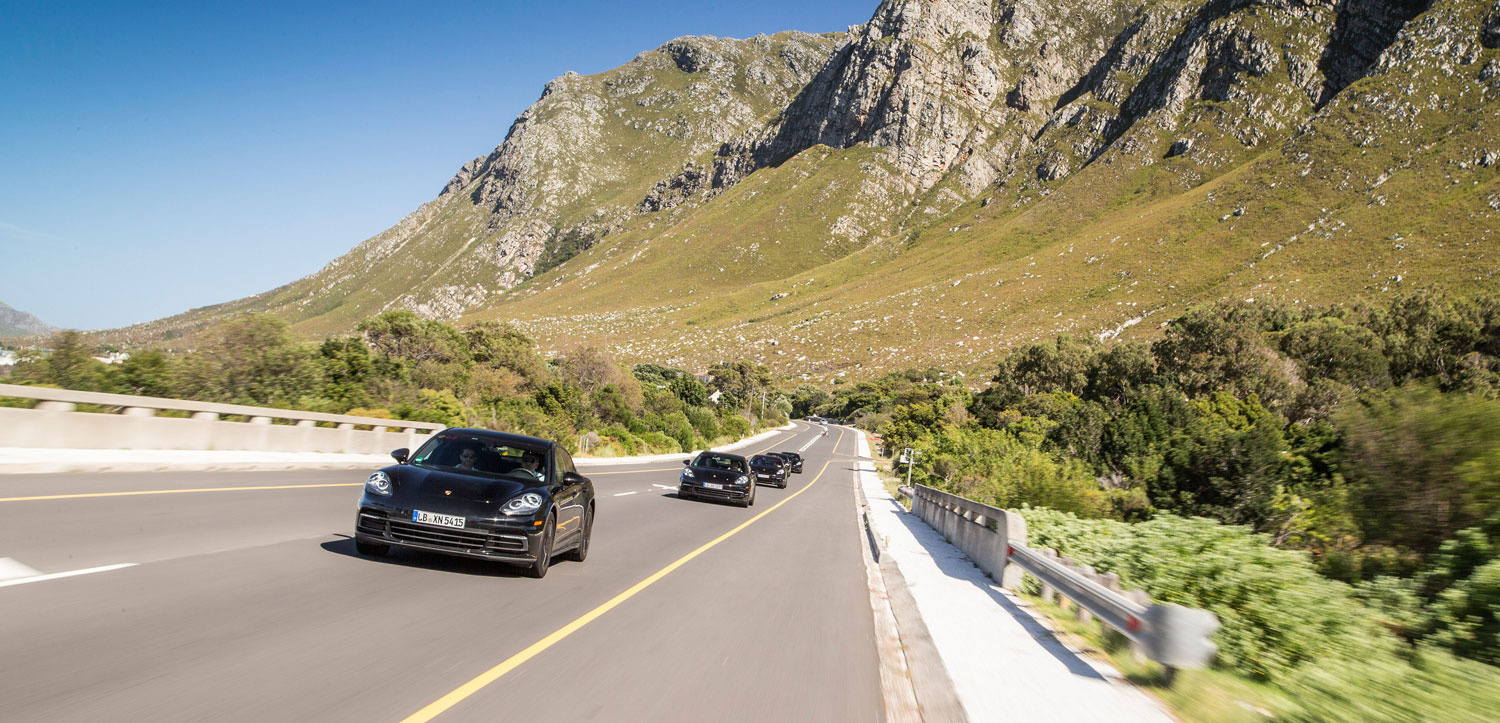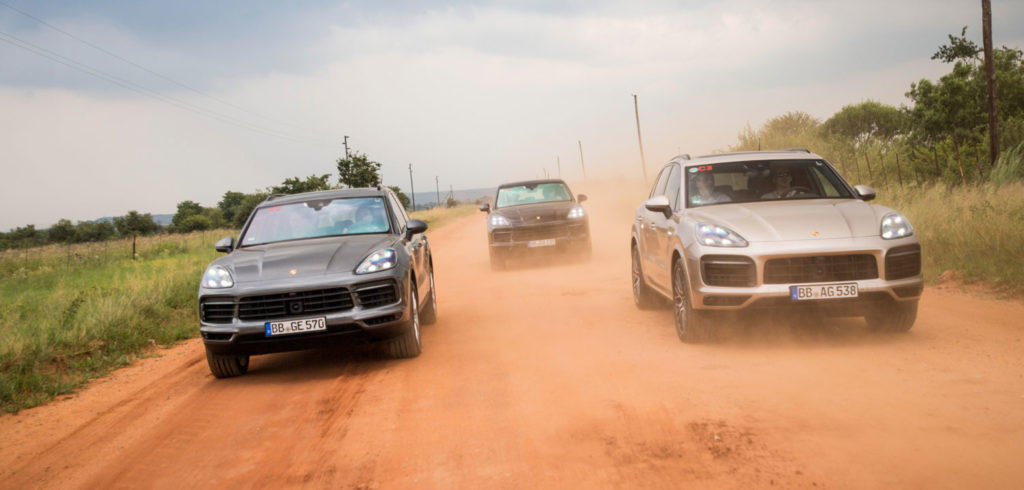ATTI accompanies Porsche quality and testing engineers as they head across the globe to some of the most extreme climates.
To truly test all new vehicles, the conditions must be extreme – from extremely high temperatures, to dry desert areas and tropical humidity, through to extremely cold, biting conditions and pervasive damp, as well as all conceivable temperature gradients and air moisture levels. On these test drives, roads are not necessarily a given. Ultimately, the vehicles need to be put through their paces before they go into series production so that no defects subsequently come to light.
Testing in Spain
Alex Ernst, head of sports car testing, says, “Every prototype essentially experiences each season twice.”
The vehicles, which are prepared in the Weissach workshops in Germany in close collaboration with the relevant departments, undergo thorough testing during a first tour through the different climate zones.
Round two of the round-the-world trip is about ensuring that “everything works perfectly”, as Ernst explains. Then it is usually just a matter of clarifying details before going into mass production.
To kick things off, the test drivers load up an entire jumbo jet with 911s, Panameras, Boxsters and Cayennes. As a rule, there are 10 vehicles of each model on board. Teams of 20 to 25 employees per program, from all development departments, travel behind, together with the project managers. Once on the ground, the vehicles are driven for around 800km per day, over two and a half weeks.

Testing in Canada
The daily routine is well structured: wake up at 6am, perhaps do some exercise, then have breakfast at 7am and leave at 8am. In the evening everyone heads back to the hotel for a review meeting, which can last for hours.
“Meetings with the entire team present are essential. This is where the most productive decisions are made,” emphasizes Ernst. Numerous questions arise. Do the drivers’ impressions tally? How do particular drivers assess the tires’ rolling characteristics and the hardness of the chassis? Is everyone hearing the same noises? Is the seat shape comfortable for all body shapes, even over long periods? For the last three days, the development team, including chief development officer Michael Steiner, has come along for the ride to exchange views with the team.
Incidentally, preparing for a trip like this isn’t just about the vehicles. The hotels, for example, are selected according to a particular criterion. “They are not allowed to disclose that we are among their guests,” notes Ernst, who is also responsible for “disguise and secrecy”. This includes, among other things, ensuring that everyone is wearing neutral clothing with no Porsche logos on.
Disguising the vehicles is a more difficult task. Discreet underground parking spaces are often scarce, especially in the desert regions of the USA. In such cases, the vehicles are covered with grey tarpaulin. The same applies if the vehicles start to attract too much attention.
Testing in Dubai
There’s just one thing missing: “an anti-cyclical winter”. When it’s summer in the northern hemisphere, it is winter in the southern hemisphere. However this simply doesn’t compare with the frost found in northern Canada or Finland. “We were in Chile and although we were frozen from the cold wind, the vehicles were not fazed by the temperatures of -6°C”. Working in the heat is much more bearable for testers.



